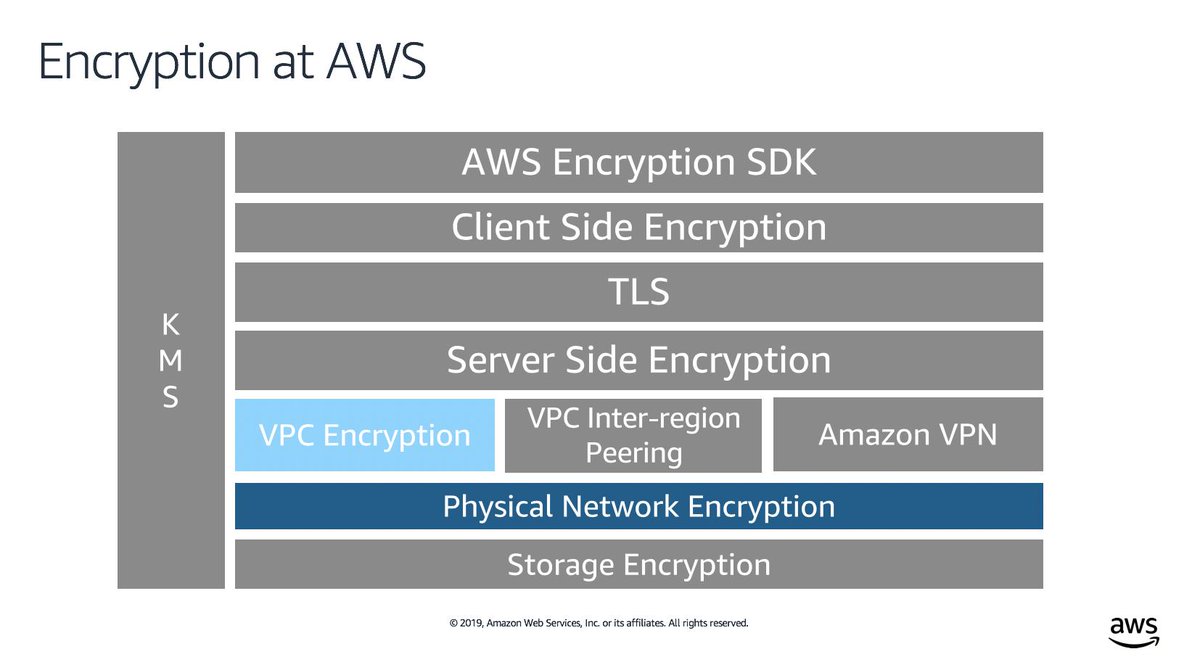Generate A Aes256 Symmetric Key
AES has a block size of 128bits. The 256 in the name is in relation to the key size of AES256, which is of course 256bits (32 bytes). To encrypt data using 256 bit AES, use the -cipher-algo AES256 option. For example to encrypt a file called file.txt using this cipher, use: gpg -symmetric -cipher-algo AES256 file.txt. Symmetric Ciphers Online allows you to encrypt or decrypt arbitrary message using several well known symmetric encryption algorithms such as AES, 3DES, or BLOWFISH. Symmetric ciphers use the same (or very similar from the algorithmic point of view) keys for both encryption and decryption of a message.
This class provides the functionality of a secret (symmetric) key generator.Key generators are constructed using one of the getInstance class methods of this class.
KeyGenerator objects are reusable, i.e., after a key has been generated, the same KeyGenerator object can be re-used to generate further keys.
There are two ways to generate a key: in an algorithm-independent manner, and in an algorithm-specific manner. The only difference between the two is the initialization of the object:
- Algorithm-Independent Initialization
All key generators share the concepts of a keysize and a source of randomness. There is an
initmethod in this KeyGenerator class that takes these two universally shared types of arguments. There is also one that takes just akeysizeargument, and uses the SecureRandom implementation of the highest-priority installed provider as the source of randomness (or a system-provided source of randomness if none of the installed providers supply a SecureRandom implementation), and one that takes just a source of randomness.Since no other parameters are specified when you call the above algorithm-independent
initmethods, it is up to the provider what to do about the algorithm-specific parameters (if any) to be associated with each of the keys. - Algorithm-Specific Initialization
For situations where a set of algorithm-specific parameters already exists, there are two
initmethods that have anAlgorithmParameterSpecargument. One also has aSecureRandomargument, while the other uses the SecureRandom implementation of the highest-priority installed provider as the source of randomness (or a system-provided source of randomness if none of the installed providers supply a SecureRandom implementation).
In case the client does not explicitly initialize the KeyGenerator (via a call to an init method), each provider must supply (and document) a default initialization.
Every implementation of the Java platform is required to support the following standard KeyGenerator algorithms with the keysizes in parentheses:
AES(128)DES(56)DESede(168)HmacSHA1HmacSHA256
Symmetic encryption
For symmetic encryption, you can use the following:

To encrypt:
To decrypt:
Asymmetric encryption

For Asymmetric encryption you must first generate your private key and extract the public key.
To encrypt:
To decrypt: Google chromium download for mac.
Encripting files
You can't directly encrypt a large file using rsautl. Instead, do the following:
- Generate a key using
openssl rand, e.g.openssl rand 32 -out keyfile. - Encrypt the key file using
openssl rsautl. - Encrypt the data using
openssl enc, using the generated key from step 1. - Package the encrypted key file with the encrypted data. The recipient will need to decrypt the key with their private key, then decrypt the data with the resulting key.
Ultimate solution for safe and high secured encode anyone file in OpenSSL and command-line:
Private key generation (encrypted private key):
With unecrypted private key:
With encrypted private key:
With existing encrypted (unecrypted) private key:
Encrypt a file
Encrypt binary file:
Encrypt text file:
What is what:
smime— ssl command for S/MIME utility (smime(1)).-encrypt— chosen method for file process.-binary— use safe file process. Normally the input message is converted to 'canonical' format as required by the S/MIME specification, this switch disable it. It is necessary for all binary files (like a images, sounds, ZIP archives).-aes-256-cbc— chosen cipher AES in 256 bit for encryption (strong). If not specified 40 bit RC2 is used (very weak). (Supported ciphers).-in plainfile.zip— input file name.-out encrypted.zip.enc— output file name.-outform DER— encode output file as binary. If is not specified, file is encoded by base64 and file size will be increased by 30%.yourSslCertificate.pem— file name of your certificate's. That should be in PEM format.
That command can very effectively a strongly encrypt any file regardless of its size or format.
Decrypt a file
Decrypt binary file:
Microsoft powerpoint 2010 key generator. For text files:
What is what:
-inform DER— same as-outformabove.-inkey private.key— file name of your private key. That should be in PEM format and can be encrypted by password.-passin pass:your_password— (optional) your password for private key encrypt.
Verification
Creating a signed digest of a file:
Aes 256 Symmetric Key
Verify a signed digest: